ABACO’S UNIQUE PARROTS IN PICTURES, VIDEO & SOUND
Abaco parrots. The only ground-nesting parrot species in the Bahamas. In the world, in fact. I’ve posted quite often about them – indeed they have their own page HERE – because, frankly, they are special and their story is one of encouraging success for intensive research and conservation programs. In 1492, Christopher Columbus was amazed by the vast number of parrots he saw in the Bahamas (not that the islands were called that then). In his journal he noted: “flocks of parrots darken the sun…” Not many years ago, parrot numbers on Abaco had dwindled to fewer than 1000 – below the critical point for sustaining a viable population. Extinction of the Abaco parrot loomed, accelerated by increasing habitat change, predation, and (*euphemistically*) ‘human intervention’. Thanks to the campaign of conservation, habitat preservation, anti-predation measures and vigilance, numbers have been restored to a sustainable level, perhaps as many as 4000. They are now a fairly common sight – and sound – in South Abaco. But not everyone who looks for them finds them, or even hears them. Especially not if they take pot luck in the vast areas of pine forest in the National Park, where they breed…
I’ve covered much of this ground before, but there is a slightly wider audience these days, so a few newcomers may be interested to learn about these lovely birds. The best thing is to have a look. All photos were taken by me during two early evenings in March 2013.
The parrots are extremely agile, and have very strong feet and claws that enable them to move around in the tree-tops – or to hang upside down if they choose to. The next photo is a close-up a foot; below that is short video showing a parrot manoeuvring itself in a tree. You’ll also see how the birds use their beaks as an extra limb, so to speak. The uninspiring title shown is only because I forgot to label it ‘Abaco Parrot’ in the first place, and can’t find how to edit it…
In this image you can clearly see how their ‘opposable’ claws wrap round a branch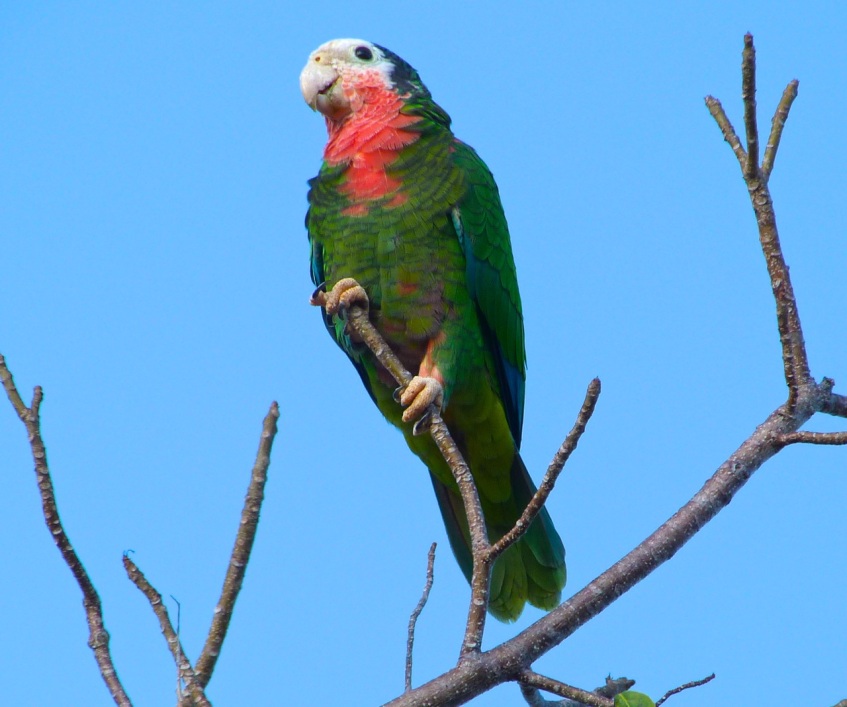
If you suspect that this one has had some ‘work’ done, you’d be right. I normally leave my photos largely alone, apart from cropping and maybe basic light balancing where needed. Sometimes an image is nearly there, but needs a bit of extra cosmetic business – but one can usually tell. The left wing? Hmmmmm (users of ‘noise reduction’ will know what I am talking about!).

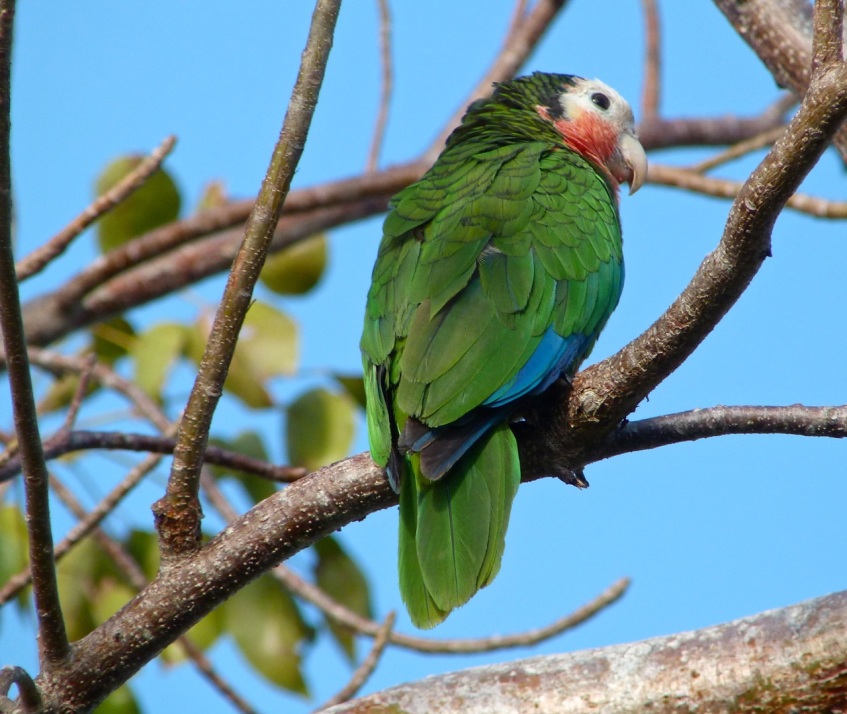
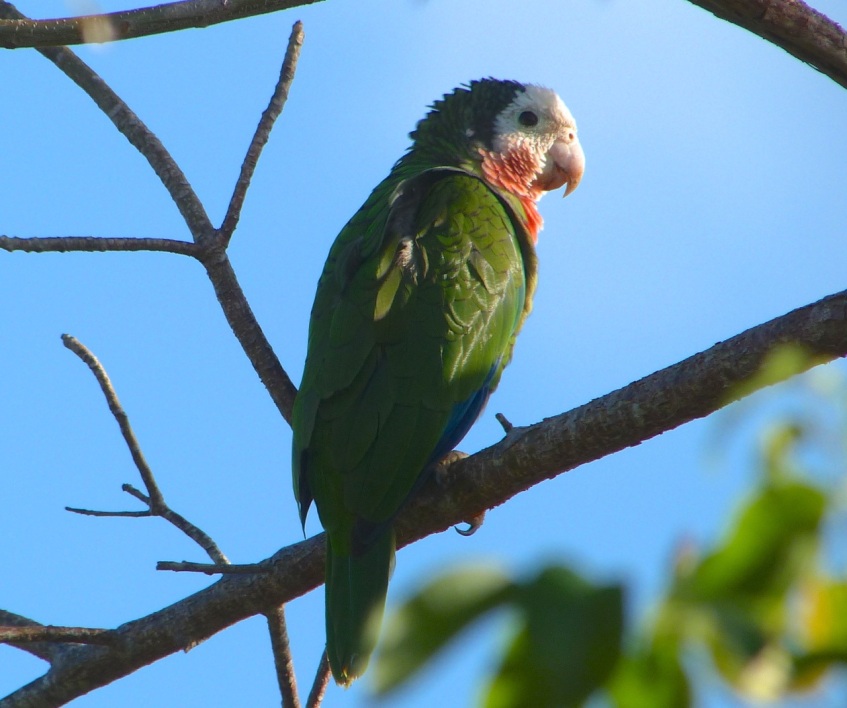
The flocks of parrots are incredibly noisy. Sometimes they split into two or three groups, close together, and seem to compete in raucousness. Around 5.00 pm seemed to be the noisiest time. I took recordings of the racket, using the voice memo app on an iPh*ne, simply holding the phone with the speaker / mike end towards the parrots. Some come out pretty well – good enough to post on the excellent XENO-CANTO bird sound site. Here is a recording, with the first few seconds transcribed into a sonogram. I made a ring tone from this recording for Caroline Stahala, the scientist who, with her team, looks after the birds. She’s been too polite to say whether she uses it or (more likely) not!
| xeno-canto XC127584 |

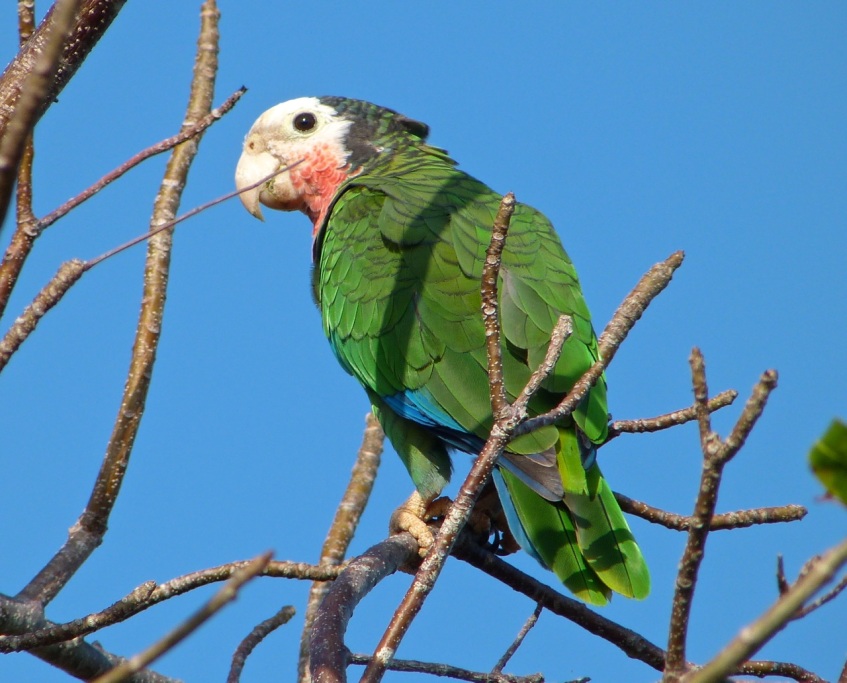

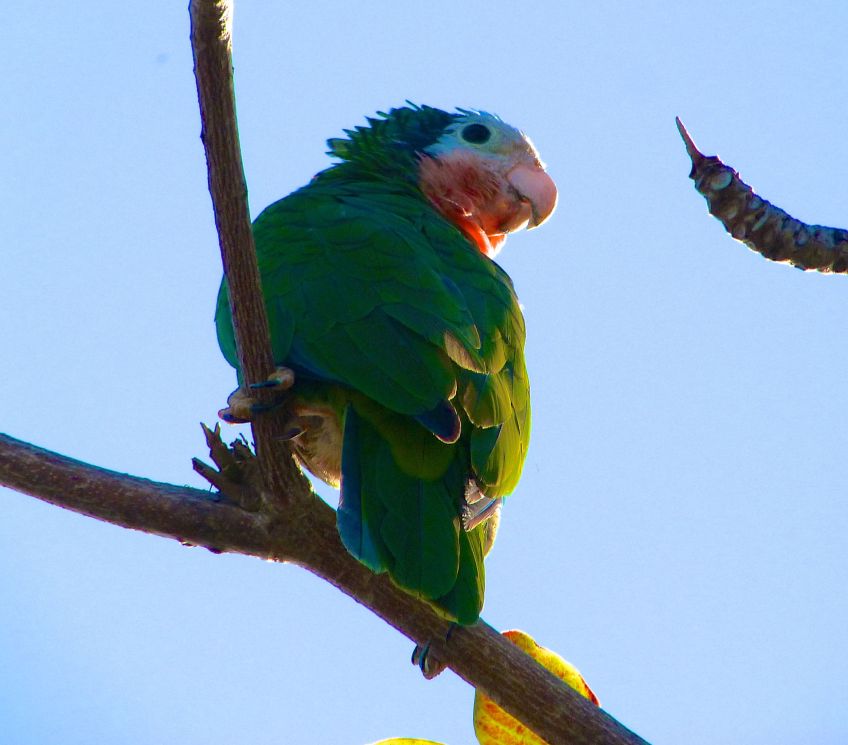 I find the parrots very hard to nail in flight (see above), possibly because of a shutter-speed issue (mine, not the camera’s). I nearly junked the picture below, but I liked the clash of the parrot colours with the purple bougainvillea, so I spared it.
I find the parrots very hard to nail in flight (see above), possibly because of a shutter-speed issue (mine, not the camera’s). I nearly junked the picture below, but I liked the clash of the parrot colours with the purple bougainvillea, so I spared it.
If anyone is interested in making a small contribution towards the continuing research into and protection of these birds, please have a look at my ABACO WILDLIFE CHARITIES page, where the relevant link to Parrots International can be found. Or visit doudoubirds, where you will find endearing Abaco Parrot prints by dou dou herself for sale in aid of the parrots. Or contact me at rollingharbour.delphi@gmail.com
If anyone had a problem with the Xeno-Canto sound file above, here is a simplified version of the recording
BEDRAGGLED ABACO PARROTS, & AN AMERICAN KESTREL TAKES OFF…
It’s a fine June day. Perfect for a morning out with Ricky Johnson, the omniscient leader of ABACO NATURE TOURS. Want parrots? He’ll take you to them. Want a Bahama Woodstar ‘pished’ from its deep cover into the open? He’s your man. And as for wrassling land crabs – see LANDCRAB and LANDCRAB: THE SEQUEL We set off from the Delphi Club in sunshine and hope…
Sure enough, we found the parrots at Bahama Palm Shores, so often a good bet. This was (Ricky said) a non-breeding flock, the breeders all being otherwise detained in the National Park with their nests and eggs. Out of nowhere, a sudden short, sharp downpour arrived, and 5 minutes later, everything – everyone – was soaked. And so, of course, were the parrots. At first I discounted the resulting photos for use. These lovely, rare birds are made to be seen in their bright cheerful livery of green, red and blue. These wet ones looked… black. I usually try to avoid doing much (or any) ‘work’ on my photos, but for these I tried changing the contrast a bit and realised that they looked rather appealing with their dark, damp feathers and unkempt appearance. So I’ve decided to use a few images. Here they are, then: some sodden parrots!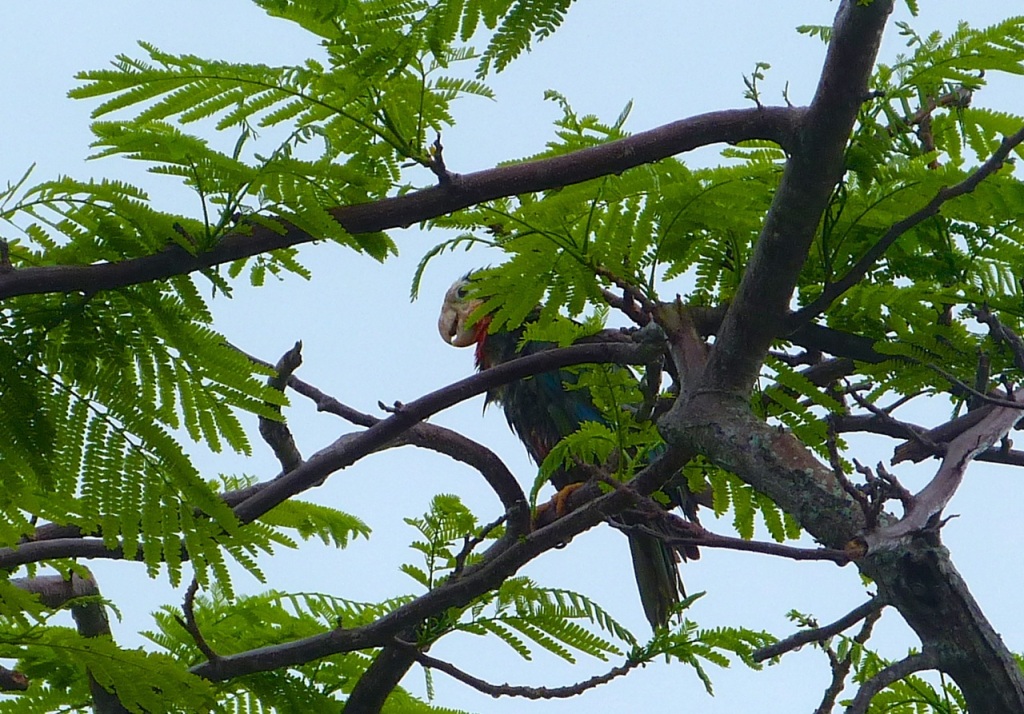



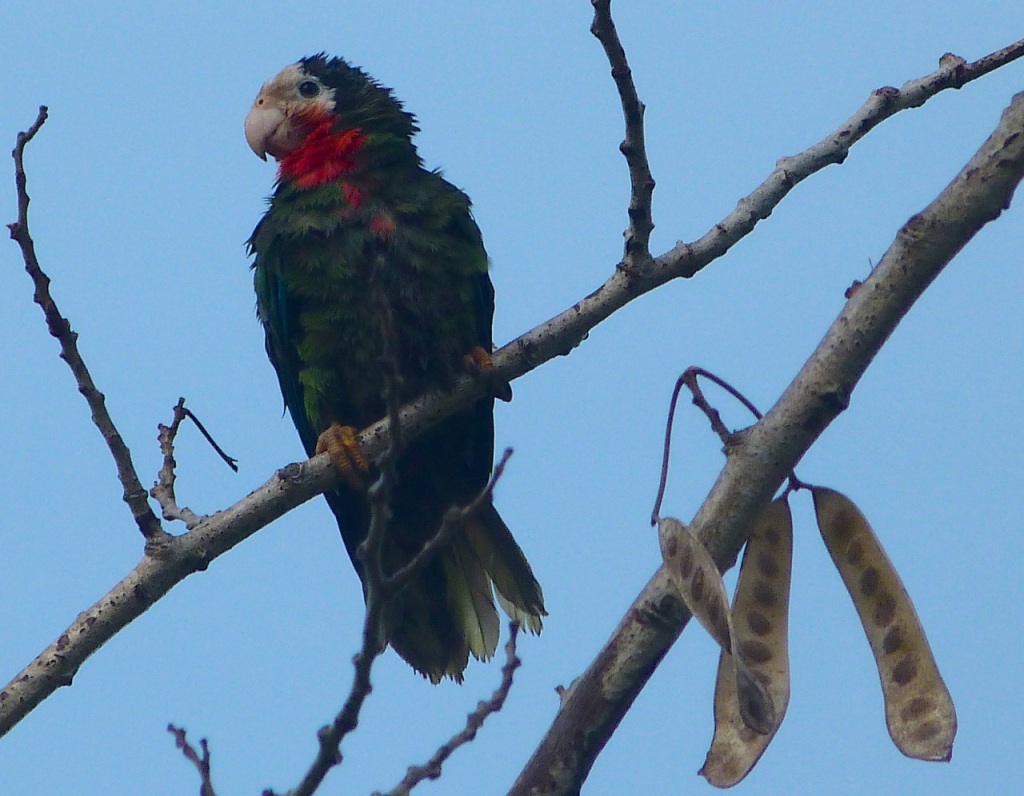
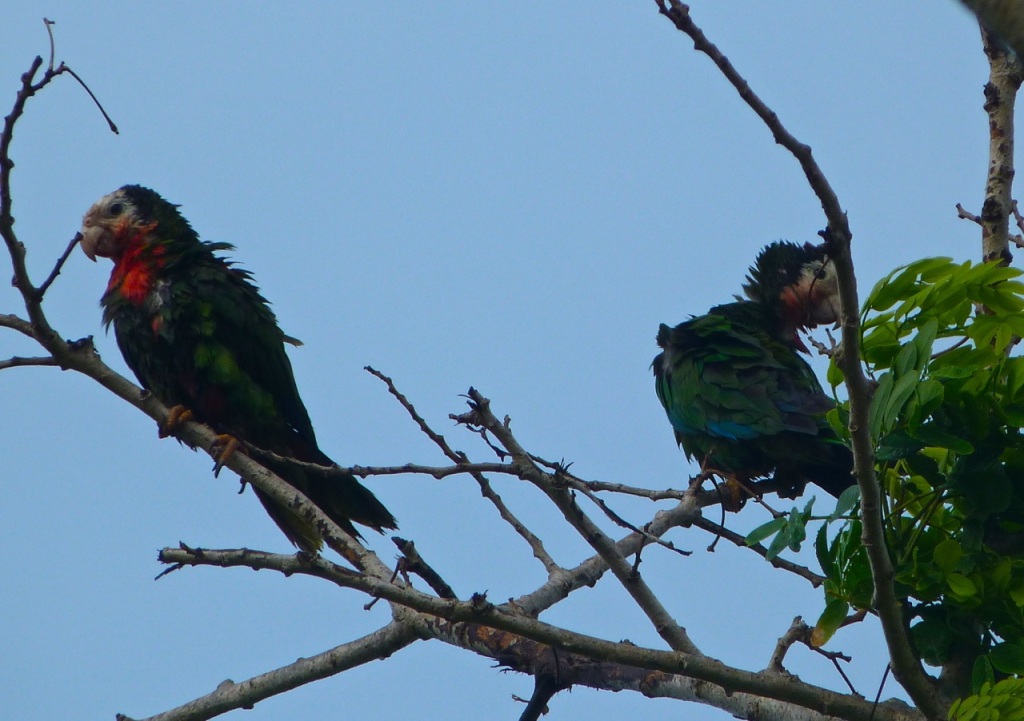
While we were damply watching the parrots, Ricky spotted an American Kestrel near the top of a tree. Heads swivelled. It was some way away, but we could see it looking a bit dejected, huddled in the palm fronds. Then suddenly, just as I pressed the camera button, the kestrel stretched itself upright, raised its wings, and launched itself into the sky. The two photos below are frankly of marginal quality (on a high “blur setting”, as you might say) but the second one has caught the rain-drenched kestrel’s take-off about as well as a point ‘n’ shoot at that distance could… 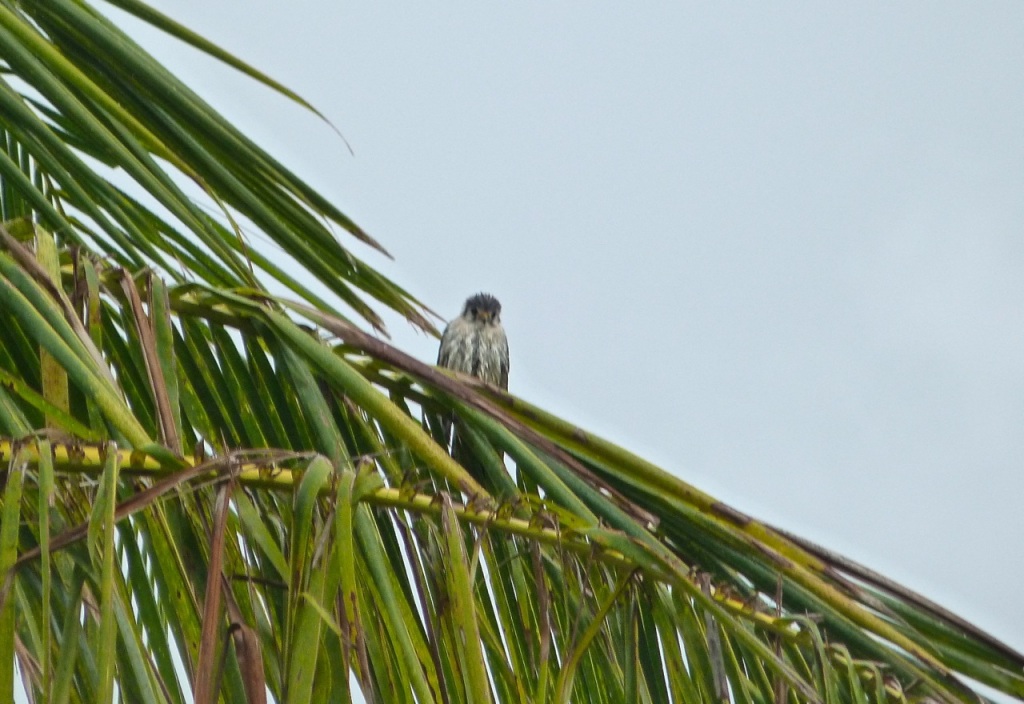
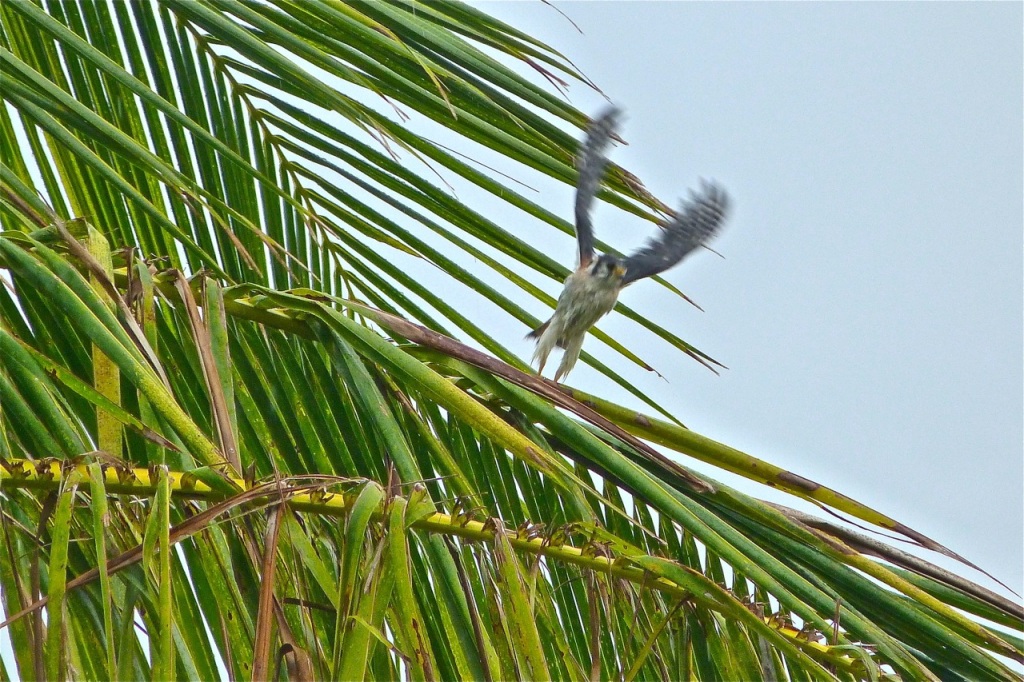
ABACO PARROTS: A FLAMBOYANT PHOTO GALLERY
BY MELISSA MAURA
I have been planning a Parrot Post for a while, but I’d like to be able to include a report on the breeding season – the eggs, the chicks, the fledging, the ringing, and the overall picture. It will be interesting to see if the recent trend of improvement in the population of these rare ground-nesting parrots has continued this year. Parrot expert Caroline Stahala, who leads the research and field work, is completing the season’s review, so there will be news, photos and perhaps short videos soon.
In the meantime, I have had a request from the US for news of the parrots. This has fortunately coincided with my discovery of some wonderful parrot photos taken by Melissa Maura [©] of Nassau. Most were taken on Abaco at Bahama Palm Shores; some at Winding Bay. So here is a gallery of Melissa’s work, which needs no other comment from me than… superb pictures! Oh, and many thanks for use permission, of course. The next photo is worthy of a caption competition – all suggestions welcome via the ‘Comment’ link below…
The wild parrots of Abaco are very special birds. Uniquely they nest underground in limestone holes which provides protection, not least from forest fires. Thanks to a program of intensive research over the last few years, far more is now known about these birds and their breeding habits. Investigations into predation have led to effective predator controls. The evidence this year is that the population numbers, having stabilised, are gradually rising to a sustainable level of some 4000 birds. The parrot below has been ringed as a chick as part of the continuing monitoring program.
I will soon be posting about the current breeding season – the parrots are in their limestone cavity nests now, the eggs are laid, the chicks will soon be hatching. Caroline Stahala, the Abaco parrot expert familiar to those who follow this blog (see ABACO PARROTS), will soon be reporting on this years breeding and chick-ringing program. In the meantime, here are some of Caroline’s pictures taken during the past season of the parrots in all their glory…
The parrots mainly live and breed in the pine forest of the Abaco National Park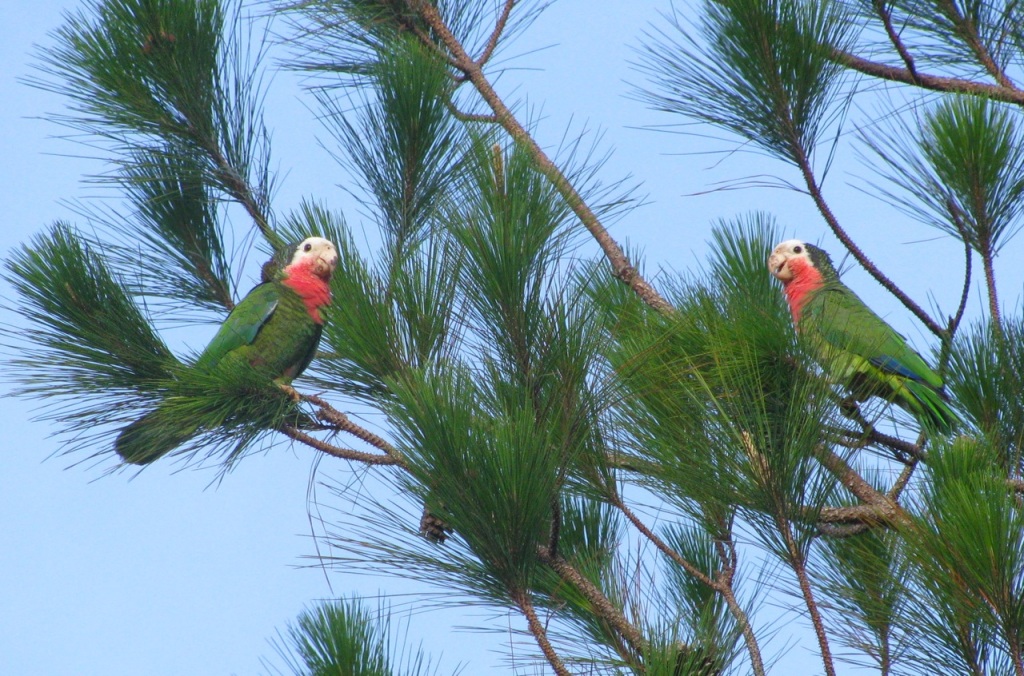


During the day they fly northwards, often in large noisy groups, where they feed. One of their favourite treats is the fruit of the Gumbo Limbo tree. This sometimes requires acrobatic skill
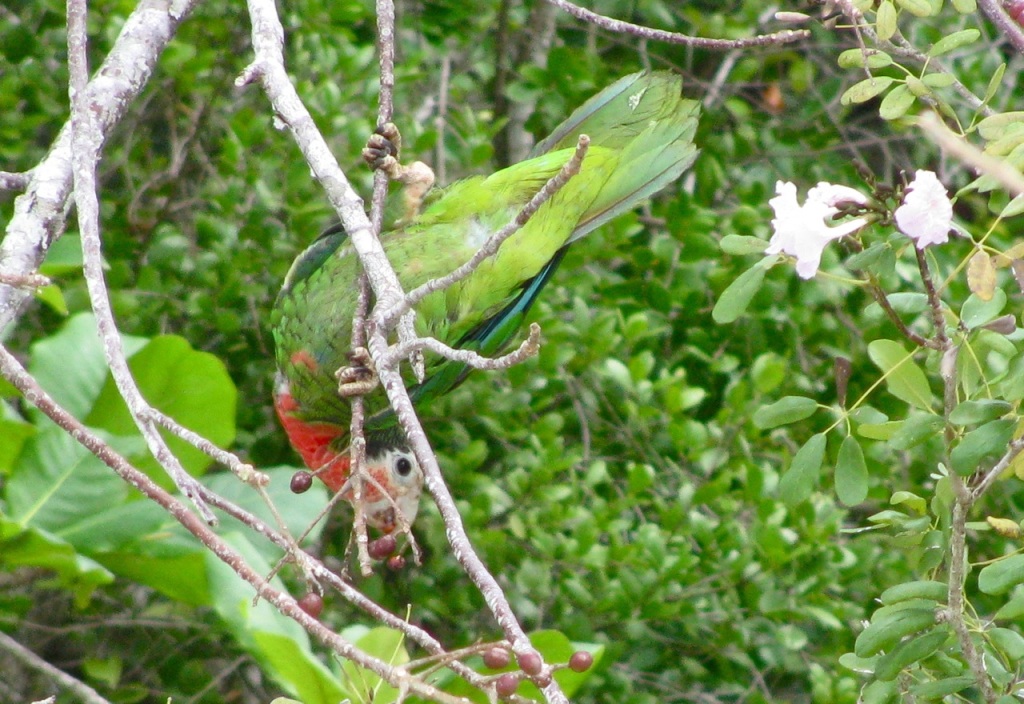
The sunshine brings out their bright colouring. When they fly, the blue on their wings is wonderful 

Besides Gumbo Limbo berries, the parrots enjoy feeding on seeds
A parrot takes flight near a nest cavity. There’ll be more photos of parrot nests later this month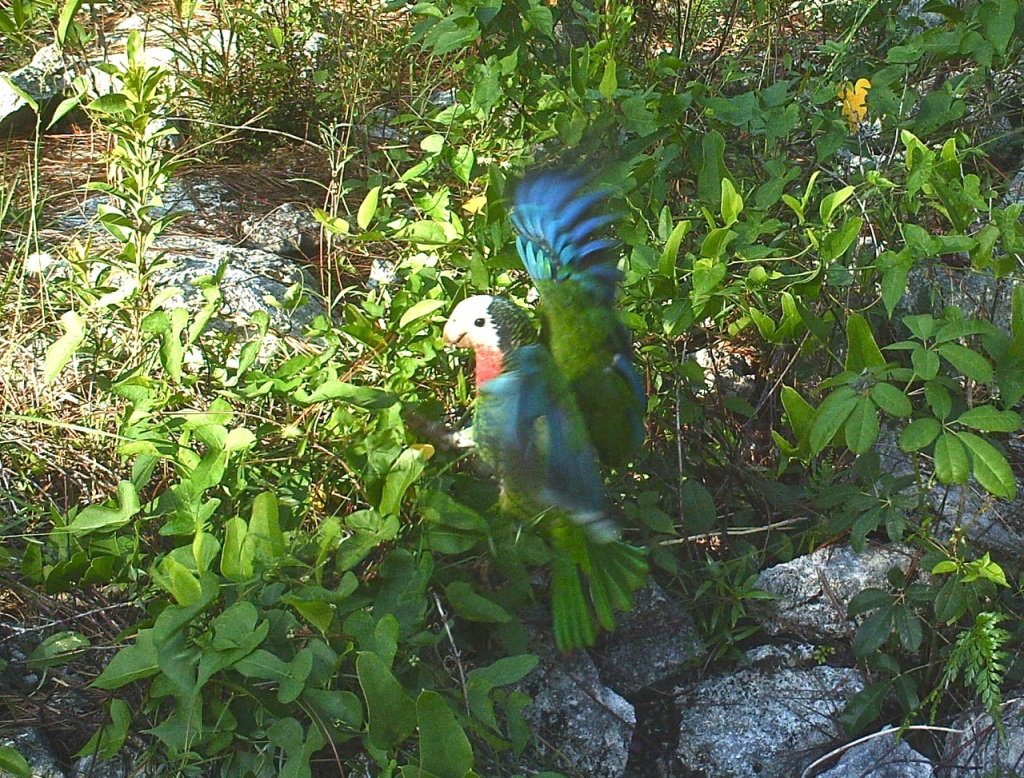
(All photos © C. Stahala / Rolling Harbour)
BNT ABACO / INAGUA PARROT DOCUMENTARY
In August 2011 the Bahamas National Trust published a documentary about the resident Abaco and Inagua populations of this Cuban Parrot subspecies. It features research scientist Caroline Stahala, and contains plenty of information about these birds, their nesting and breeding habits, and the problems they face from predation. In places, some of the devastation caused by the extensive forest fires in March 2011 is still evident (see images in earlier POST). If you want to know more about these attractive (but noisy) birds, the documentary video below covers a great deal in 8 minutes…
 A 5 minute PODCAST from ABC Radio’s ‘The Science Show’ featuring Caroline Stahala, research scientist and Abaco Parrot expert, and David Knowles of the Bahamas National Trust, Chief Park Warden for Abaco
A 5 minute PODCAST from ABC Radio’s ‘The Science Show’ featuring Caroline Stahala, research scientist and Abaco Parrot expert, and David Knowles of the Bahamas National Trust, Chief Park Warden for Abaco
The online report is headed by this: “Holiday homes and resorts are replacing the forests in which the Bahamian parrot of Great Abaco Island breeds. When Christopher Columbus discovered the beautiful Bahamian islands in 1492, he wrote in his journal ‘the flocks of parrots obscure the sun’. Now the Bahamian parrot is confined to just two islands and they’re a protected species. On Great Abaco Island Bahamian parrots breed in the pine forests of the south and, as Pauline Newman discovered, their nesting behaviour is quite extraordinary”
CLICK HERE==>> ABACO PARROTS PODCAST – THE ABC SCIENCE SHOW
For the relevant web page and a transcript of the talk CLICK LOGO===>>> ![]()
Thanks to the ABC Science Show for use approval – click name for more Podcasts
WELCOME BACK! Normal service is resumed after the family festivities of Christmas, with only the precious gift of a fractured wrist for rh to spoil an otherwise lovely few days. Immediately, I can report excellent parrot news…
 DOU DOU, an avid birder and sculptor of most engaging miniature birds, has taken up the cause of the Abaco Parrot. We have been corresponding for a while about this, and I now reproduce her latest post, with the link to her site below
DOU DOU, an avid birder and sculptor of most engaging miniature birds, has taken up the cause of the Abaco Parrot. We have been corresponding for a while about this, and I now reproduce her latest post, with the link to her site below
BIRD SCULPTURE – ABACO PARROT
“Help, the cats are eating my babies!” said the parrot. And it’s true. These parrots are endangered – only 1000 of them left. A woman named Caroline is trying to save them from the feral cats that have invaded their island in the Bahamas. Let’s help her out! All proceeds from the sale of this parrot are going to Parrots International, which supports Caroline’s work
This little parrot measures 3.5 x 1.5 x 1.5 inches. You can buy it HERE from me and I will send the money to Parrots International or you can use “Other” to check out, send me proof you donated at least $30 to Parrot’s International, and I will send you a code that gives you $30 discount on this parrot so you will just pay for shipping – I will verify that a donation was made.
We can save these parrots! Let’s do it!!!!!
Read about Caroline’s work to save the parrots: ABACO PARROT RESCUE
dou♥dou CLICK LOGO to visit website ===>>> 
More about this exciting development in due course – other ideas are afoot… Abaco Parrot conservation is strongly supported by the Delphi Club, Abaco; and the research scientist heading the project, Caroline Stahala, is delighted with dou dou’s initiative in helping to raise the profile of her conservation work and in contributing to the funding received through PARROTS INTERNATIONAL
STOP PRESS JUNE 2012 This little parrot was recently sold at an Art Fair, and dou♥dou has very kindly donated all the proceeds to Abaco parrot research and conservation… Thanks so much for your generosity.
This is one of a number of sequential images posted by cfinke3856 on the website Webshots. It seems to have been taken in 2004, and shows 4 Abaco parrots in a pine tree (location unspecified – the National Park, maybe?). They look pleasingly convivial, and they provide a chance to roll out the newly created rh parrot logo
Normally I would have cleared permission for use (and slight cropping) and given a click-through link so you could see the rest of the (similar) images. However, the website is a nightmare. A pop-up offered me the chance – apparently a near-certainty – of winning $10,000, and froze my cursor when I tried to delete it. Twice. Other untempting offers were made in a rage-inducing way. So I’ll spare you all that, warn you briskly off the site, and apologise to Mr or Ms Finke for ‘borrowing’ the image, duly credited but in tiny writing…
♦ NEW ABACO PARROT LOGO ♦
[Note: this post replaces the preliminary, typo-ridden and imageless draft that subscribers may have received, for which I stupidly pressed the ‘publish’ button rather than ‘save draft’… Not the 1st time, either… Sorry]
Scientist Caroline Stahala has spent 10 years researching the Abaco population of the Bahama parrot. Her aim is to develop understanding of their behaviour so that conservation and management strategies for this rare sub-species can be optimised. Particular protection problems arise because Abaco parrots, uniquely, nest underground. Their main vulnerability is to predation by feral cats, racoons and rodents which kill adults, chicks and fledglings in the nest

Predator monitoring and control programs have been in place for several years, removing surprising numbers of feral cats prior to and during the breeding season. Prevention techniques have been refined as predation data has accumulated. In 2011 for the first time motion-sensitive cameras were used, positioned near the openings of vulnerable active nests (shallow or with large openings), monitored 24/7 with infra-red night-time flash. Constant technical adjustments were needed to determine optimum filming distance and memory card size, and to avoid ‘false triggers’ (eg wind)

A great deal of vital data was collected, particularly at night when predation can’t otherwise be effectively monitored. Feral cats were the most frequent visitors, followed by rodents. No racoons were recorded, so these may be less of a threat than expected. One northern mockingbird (above) was caught on film up to no good. It it seems that the camera flash itself may act as a deterrent, something that bears further study. There is also new evidence that some predators approach a nest and ‘case the joint’ for later use. All this data will make it possible to target predator control preventatively, rather than in the sad aftermath of predation – a great step forward
Overall, during the 2011 breeding season none of 55 nests monitored was lost due to predation. In previous years, the attrition rates have been around 25%. The use of cameras avoids any disturbance of the parrots and chicks and provides round-the-clock monitoring. If the cameras / flash are in themselves deterrents, that is a simple method of predation control. The new banding project means that it is now possible to be certain whether same parrot (or pair) is using the same nest cavity each year – and of course individuals can more readily be identified
Finally, Caroline confirms that the parrots weathered Hurricane Irene well. She was still monitoring the breeding territory then, and when she returned to check active nests after the storm, she found the chicks and fledglings safe in their nest cavities
ABACO PARROTS EXCELLENT POST-IRENE NEWS
The past week has been rightly dominated by concerns for family and friends, for homes and property, for the swift restoration of communications, and for many other human interests. The consequences of Irene for Abaco’s wildlife has taken its appropriate place lower down in the priorities, but there are obvious concerns for the loss of habitat through destruction and defoliation, consequent problems with food supply and so on. 
The Abaco parrots are a potent symbol of recovery from near-disaster, with the conservation programme annually leading to breeding success in the wild and numbers on the increase. Recently – it seems a while ago now – I posted about the progress of this year’s chicks and fledglings: ABACO PARROT CHICKS Caroline Stahala, who heads the conservation project, has now sent the first report on how the chicks have fared through the hurricane:
“…I have been out checking on the unfledged chicks and I am finding that most of the nests that should have been active still are. This means chicks are still in the nest. I am attaching a photo of one of the chicks that I found post hurricane. It seems that the parrots did well through the hurricane now I hope they are able to find enough food until spring…”
In my earlier post today – see ABACO 31 AUG POST-IRENE – I mention at the end that I feel my unexpected transformation into a storm commentator and information provider is coming to its natural end. I can’t think of a more appropriate image for taking my leave from hurricane duties than this little parrot fledgling. It’s an emblem of Abaco, and a symbol for the future after the storm. Thanks for reading the blog, following it and for all contributions and encouragement over the past week. Rolling Harbour
CAROLINE STAHALA has provided some truly outstanding photos derived from her scientific research work during the summer into the breeding of Abaco Parrots in the National Park. By their very nature, these pictures of direct human contact with these lovely birds must be exceptionally rare, and I am really grateful to Caroline for allowing me to showcase them in this blog.
1. Adult Abaco parrots in the National Park pine forest. One is wearing a band on its leg from last year’s ringing programme (CLICK images to enlarge)
2. A bag of 3 parrot chicks, at different stages of maturity, in the process of banding. You can see the band on the leg of the little bald unfeathered one
3. Two timed shots of adult Abaco parrots, one of which is going down the inside of their burrow into the nest while the other keeps a lookout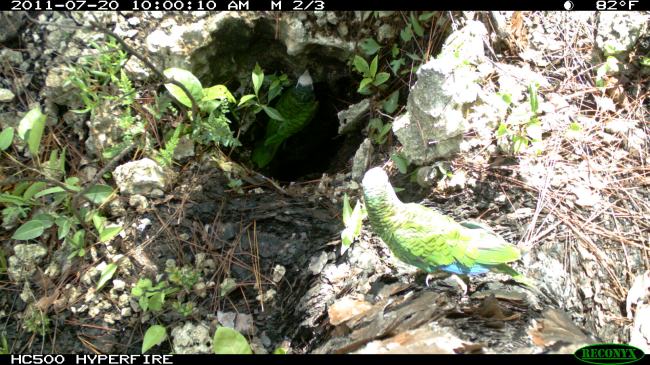

4. Caroline is assisted with writing up her data records by one of her protégés
5. A unique photograph (I haven’t been able to locate another similar image) of a newly-banded Abaco parrot fledgling contentedly perched on a human hand
6. This photograph of Sandy Walker (Delphi Club) is captioned ‘Sandy and Chick’, and I really don’t think I can improve on that!
Thanks Caroline for these amazing images – it’s a privilege to be able to post them
IF YOU ARE INTERESTED IN SUBSCRIBING OR DONATING TO SUPPORT THE CONSERVATION PROJECT TO SAVE THE ABACO POPULATION OF THE BAHAMA PARROT, THE DIRECT LINK TO THE SUBSCRIPTION / DONATION PAGE IS HTTP://WWW.PARROTSINTERNATIONAL.ORG/MAIN-JOIN.HTML
ABACO PARROT POST – FLEDGING UPDATE
CAROLINE STAHALA has sent a quick update on the progress of the Abaco Parrots and chicks as the breeding season (and the associated project) nears its end. The chicks are growing up fast, and will very soon be fledging. CLICK==>>> HERE to admire their cute appearance in their earlier stages. Caroline says “they are currently, literally, climbing the walls to make their first flight with their parents”. She hopes to provide some photos – perhaps there may be video – in due course. She hasn’t mentioned problems with feral cats, racoons or other predators, so with luck nest raids and chick losses through predation have been low. And if you want to know how to build an Abaco Parrot out of Lego™ (CLICK ‘Lego™ Logo’ above) you’ll have to buy my book “A Spare Week and a Bucket of Lego™” (rh Press $15 / £10)
A POLLY-GLOT OF PARROTS
A noisy introduction to Abaco Parrots – a flock of them, all talking at once (credit Laura Gooch Xeno-canto)
ABACO PARROTS AND THEIR UNDERGROUND NEST
Exceptional and rare video footage of Abaco Parrots entering their underground nest, very kindly provided by Caroline Stahala for use in this blog. I don’t imagine many people have been lucky enough to see this sort of parrot activity in the wild, so it is great to be able to see it captured on video…
If the above video doesn’t work you can reach it another way CLICK LINK—–>>>ABACO PARROTS NESTING
[At the moment the video is reachable by the link above. I’m working on embedding it, but there’s a technical hitch to sort out. It’s all geek to me. So I’m using something I’d never heard of until this morning called Dropshot, which at least lets you see the video… though I’ve got a feeling it entails having to have ‘friends’ and to end up involuntarily ‘following’ people like Britney Spears and some crazy guy called ‘iruletheworld’]
Many thanks for this great video, Caroline
CAROLINE STAHALA’S REPORT JULY 2011
Caroline was introduced in an early parrot post on this blog – see DELPHI CLUB ABACO – PARROT RESEARCH & CONSERVATION. That post will route you to her thesis and to an article in The Abaconian about her work. She has just sent a report about her current researches (and there will be future updates):
At the moment we are in full chick mode. All the parrot nests (45 nests!) that we have been finding and monitoring since the end of May have hatched. Next week I will begin banding these chicks so that we can recognize them as individuals and learn more about their behavior. Here is a picture of a chick banding from last year:
In addition to banding chicks, I am going to be attempting to catch 3 mated adult pairs and place radio transmitters on these parrots. This will give us information about what pairs do during the nonbreeding season, how frequently they interact, and whether the amount of interaction during the nonbreeding season influences how well they do during the breeding season.
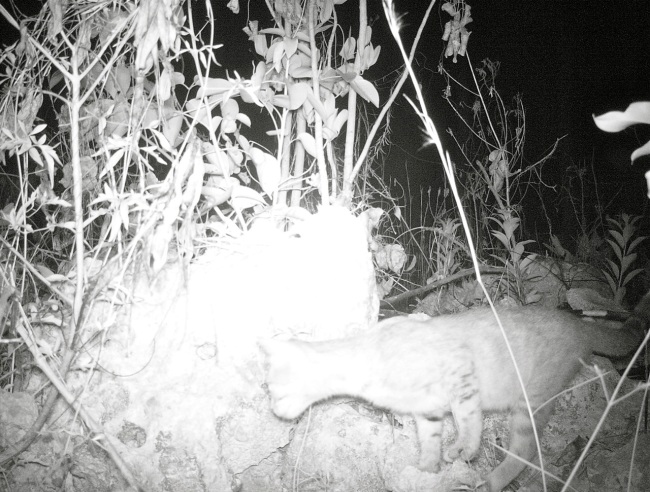
IF YOU ARE INTERESTED IN SUBSCRIBING OR DONATING TO SUPPORT THE CONSERVATION PROJECT TO SAVE THE ABACO POPULATION OF THE BAHAMA PARROT, THE DIRECT LINK TO THE SUBSCRIPTION / DONATION PAGE IS HTTP://WWW.PARROTSINTERNATIONAL.ORG/MAIN-JOIN.HTML
Finally, I sent Caroline an image of a particular Parrot taken by me earlier this year. Ricky Johnson said he had never seen one with so much red on its front – almost reaching its tail. And he should know…
Caroline’s reply “I have not seen a parrot with quite that much red on its belly, however it is not completely surprising. One of the features of the Abaco parrot is more red on the chest and belly than other Cuban Amazon populations. Even within a population there is quite a bit of variation of the red. Some Abaco parrots may just have the red throat with a few red feathers, but they do go to the extreme found in your picture. Usually though you have a small red patch on the belly or what looks like spotty red areas on the belly. Very neat picture!” (rh note – thanks, but in fairness I should add that the whole group of about 12 of us took pretty much the same photo of this parrot…)
SANDY VERNON’S GALLERY OF ABACO PARROTS (including some extraordinary acrobatics)
A BIRDING EXPEDITION WITH RICKY JOHNSON (Part One)
PARROTS
Ricky ushers us into his spacious, comfortable truck: 6 denizens of Delphi eager for adventure. Most have already been on a morning trip to see the Abaco Barbs (wild horses) of which more in a separate post. rollingharbour suffers from an unfortunate but mild form of equine indifference disorder, so gave it a miss.
We set off north on the highway, checking cameras, binoculars and other essential expeditionary impedimenta. Meanwhile, Ricky reveals his knowledge, experience and huge enthusiasm… this extends way, way beyond mere birds to the trees and plants, to poisons and herbal remedies, to geology and speleology, to geography and history. Soon we reach our destination, confident in Ricky’s renowned ability to know where the parrots (and many more birds besides) are to be found. We don’t have to wait very long – about two minutes after we turn off the highway, in fact… The parrots favour the Gumbo Limbo Tree (Bursera simaruba) as pictured, which invariably and most conveniently grows next to the Poisonwood tree (Metopium Toxiferum) and is its antidote. That’s the first place to look.
ABACO PARROTS (Amazona leucocephala bahamensis) Here is a selection of our photos of these fantastic birds. I hadn’t expected to see so many, for so long, and at such close quarters. Their colouring was extraordinarily vivid, with a slash of blue on the wings. This was especially dramatic in flight. One parrot, shown below, had red frontal markings that extended almost to its tail. Ricky hadn’t seen one like it before.
CLICK on the images to enlarge them significantly [Mrs rollingharbour reports that this is as yet a theory and may not work in practice]



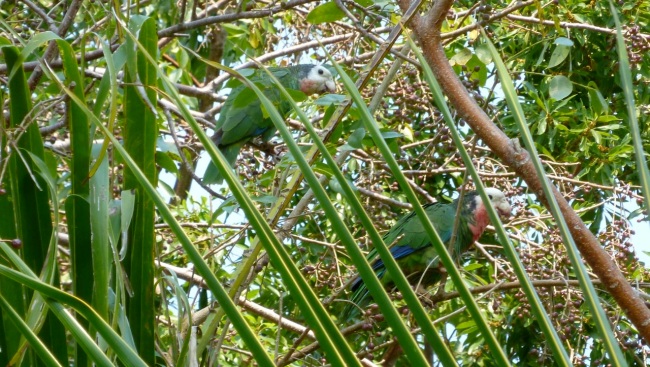


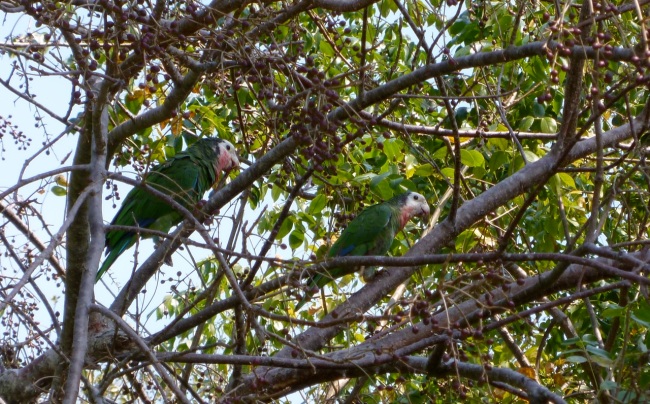
 CAPTION COMPETITION (NON-COMPETITIVE): 3rd image down – what did parrot (a) say to parrot (b)?
CAPTION COMPETITION (NON-COMPETITIVE): 3rd image down – what did parrot (a) say to parrot (b)?
PLEASE ADMIRE THE BEAUTIFUL PARROTS (in Haitian Creole): Tanpri, admire Pedroche yo bèl


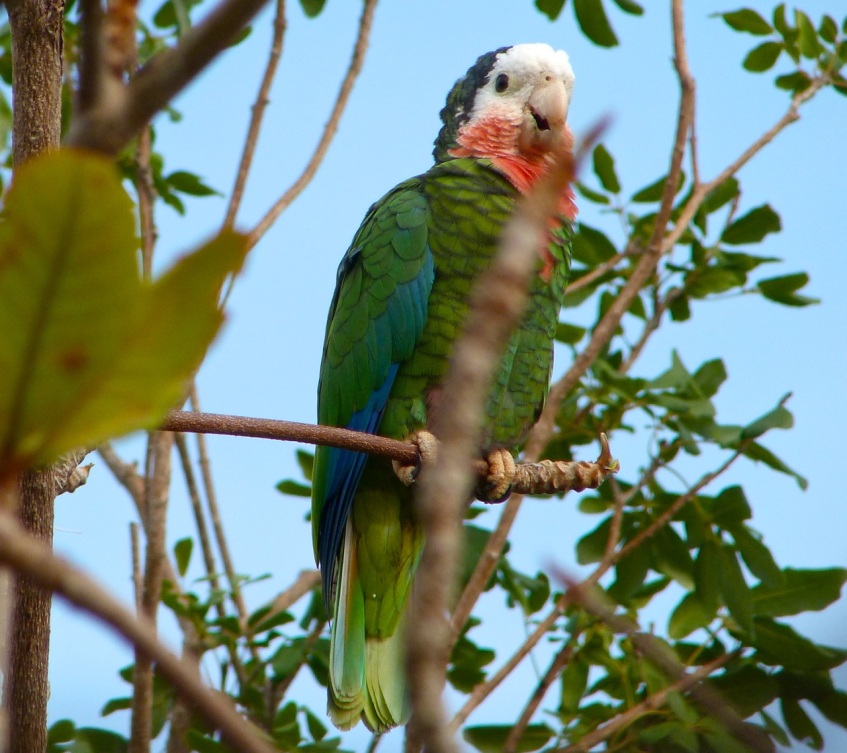




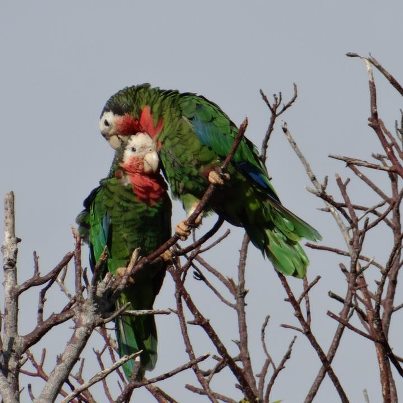





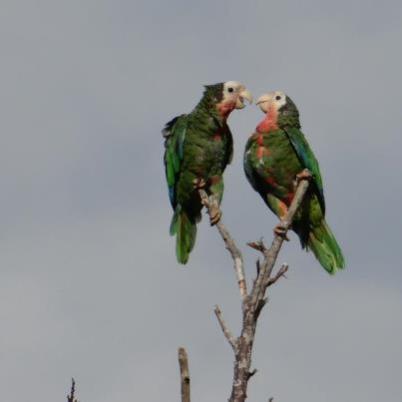
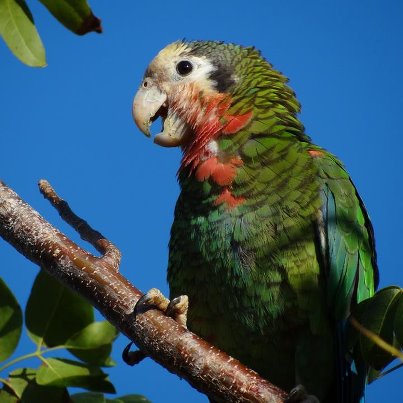

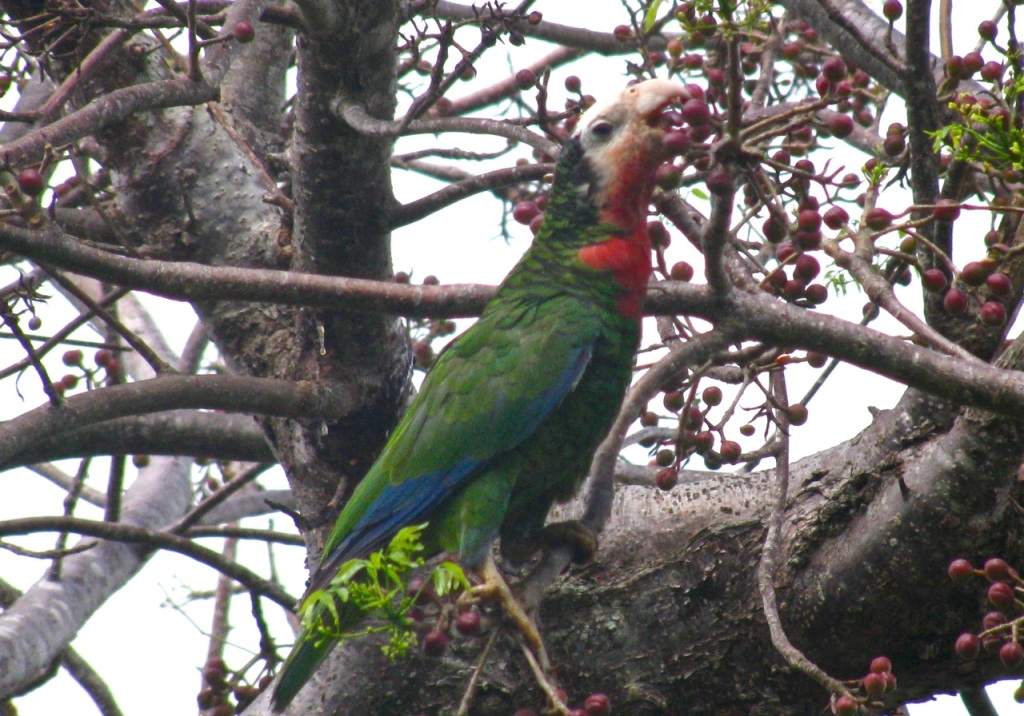

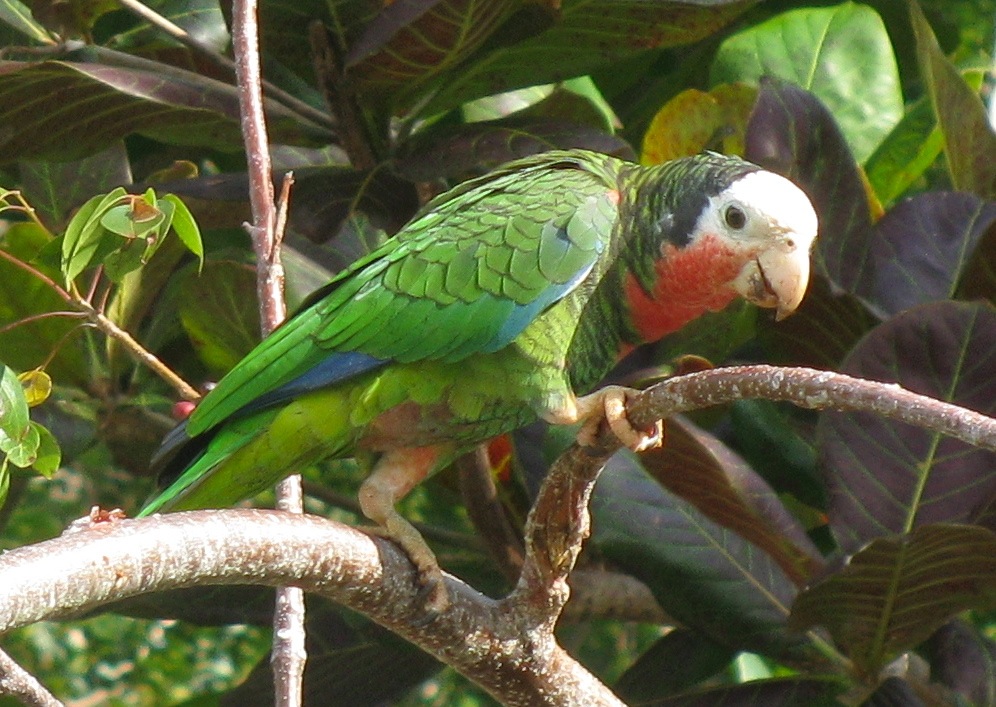

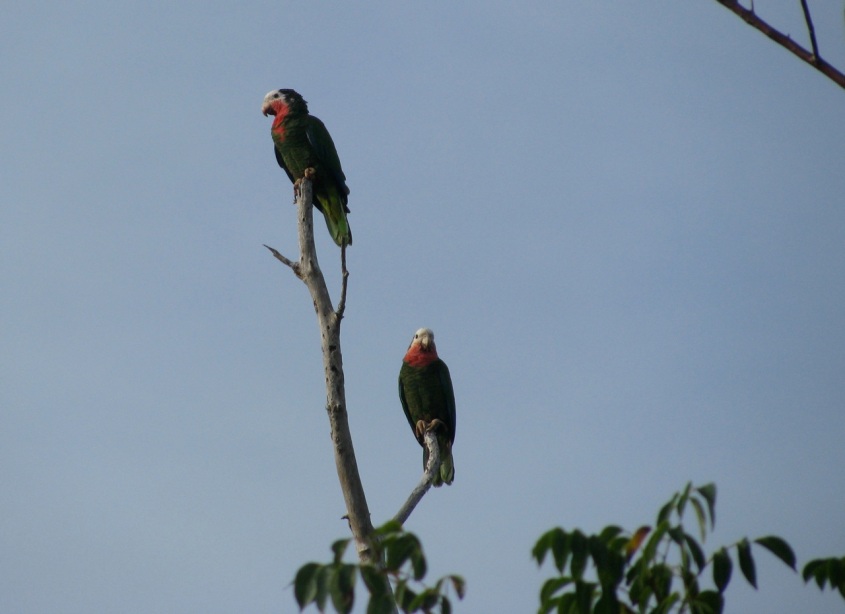

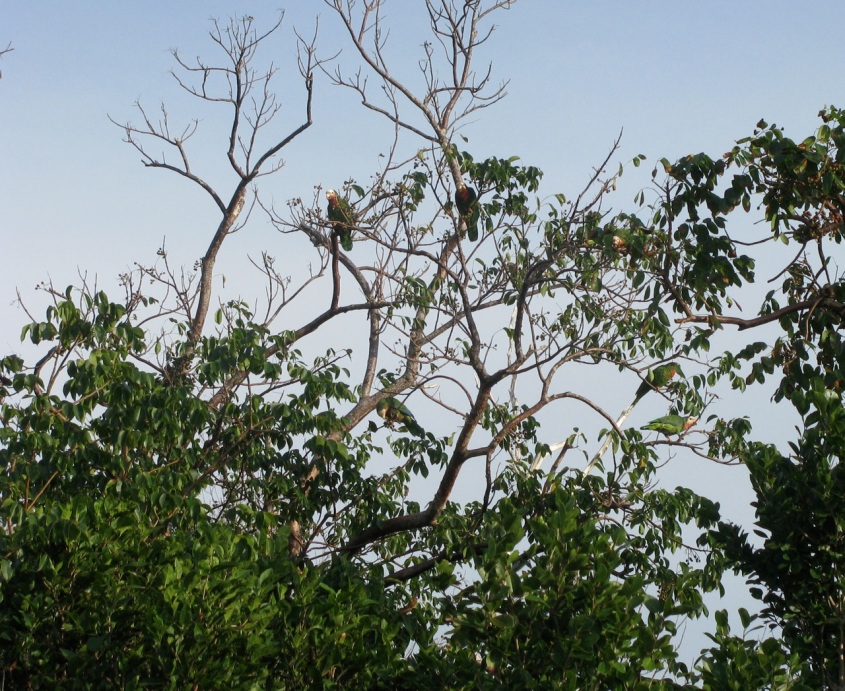

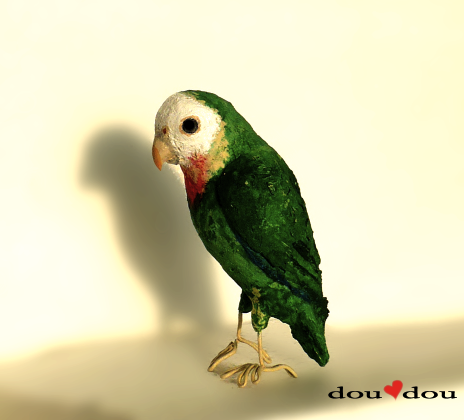

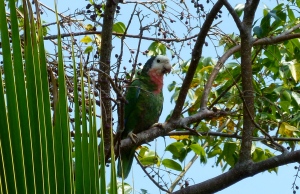


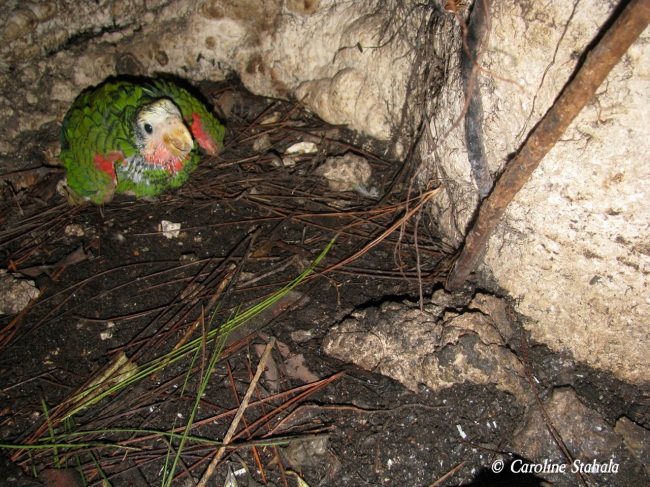






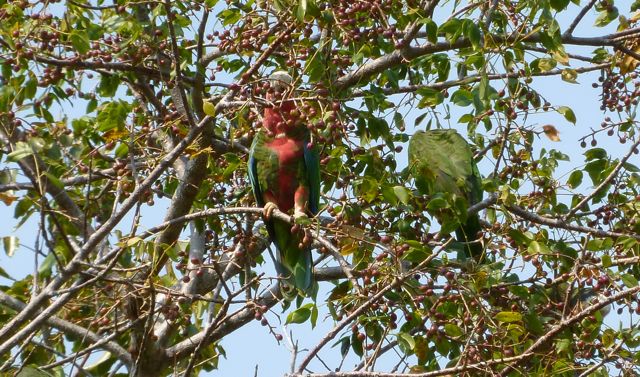

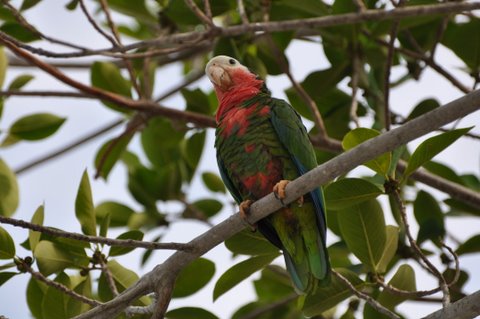

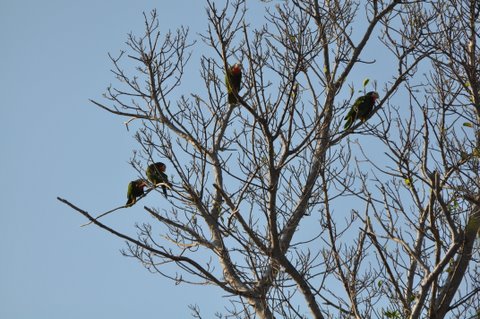

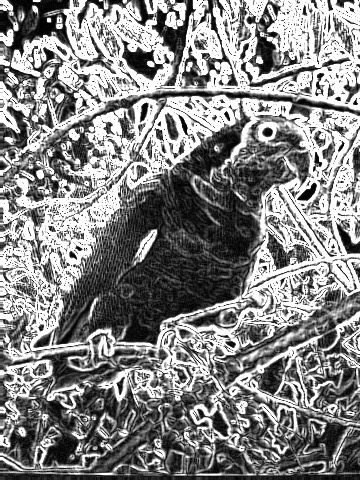
Pingback: Cuban Amazon: Discover the Island's Avian Gem birds
That said, the area where the parrots live is further south on the island where the storm will have been less severe. There’s good hope for them I believe. As soon as the first one is reported I will post about it. I hope it’s sooner than I expect.
LikeLike
Is there any report on the status of the parrots on Abaco Island after Dorian 😦
LikeLiked by 1 person
Thanks for this. There is complete destruction of the main area of the island. There are body bags and looting. There are sharks in the floods. It may be many days, perhaps weeks before anyone looks out for a parrot I’m afraid.
LikeLike
Pingback: Bahamian subspecies of the Cuban Amazon nesting in the ground
Thanks for the link. And oh look – that’s my photo… and they have credited it! RH
LikeLike
Awesome post.
LikeLiked by 1 person
Pingback: Abaco Scientist – (Sort of) A Bahama Parrot Study
Pingback: Abaco Parrots | standingoutinmyfield
Sono fotografie veramente eccezzionali, non avevo mai visto tante ed interessanto, per me che da 4o anni scrivo e studio le amazzoni.
I like to have a mail of Caroline stahala, for autorizazion to made a article , about Amazona l.bahamensis, on ornotologic italian magazine, the best in europe.
Tank’s William
guglielmo.petrantoni@alice.it
LikeLike
I have emailed Caroline. She says you contacted her through another website and she has replied to you yesterday. Auguri, RH
LikeLike
Good post, interesting to learn about the conservation efforts.
LikeLike
Thanks for this. RH
LikeLike
Hi, thanks for calling in at Rolling Harbour. Glad you enjoyed the parrots. The attention is on flamingo banding of chicks in Inagua at present. I’ll be posting about that project soon. All the best. RH (PS enjoyed a quick look at your site. Need more time…)
LikeLike
Pingback: January Writing Contest | dou dou birds
A really excellent and generous idea, dou dou. Abaco Parrots? January Writing Contest about them? Prize? What’s not to like for kickstarting the brain in the New Year (oh! except that I am ineligible…). Sharpen up those typing fingers, all supporters of Amazona leucocephala bahamensis abaconiensis… rh
LikeLike